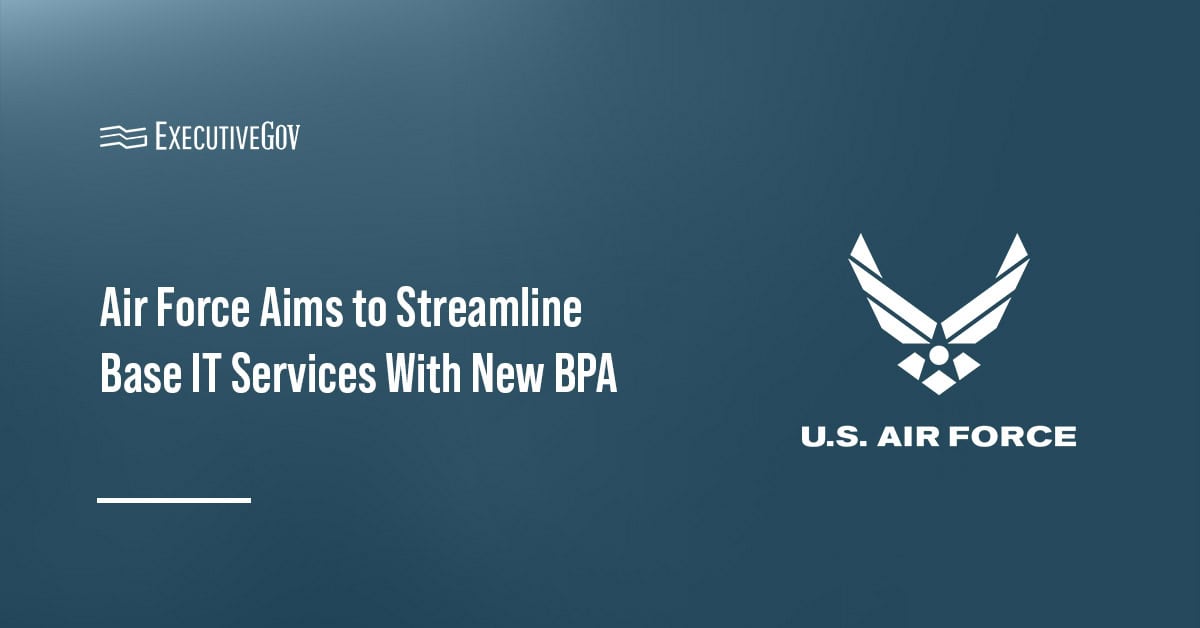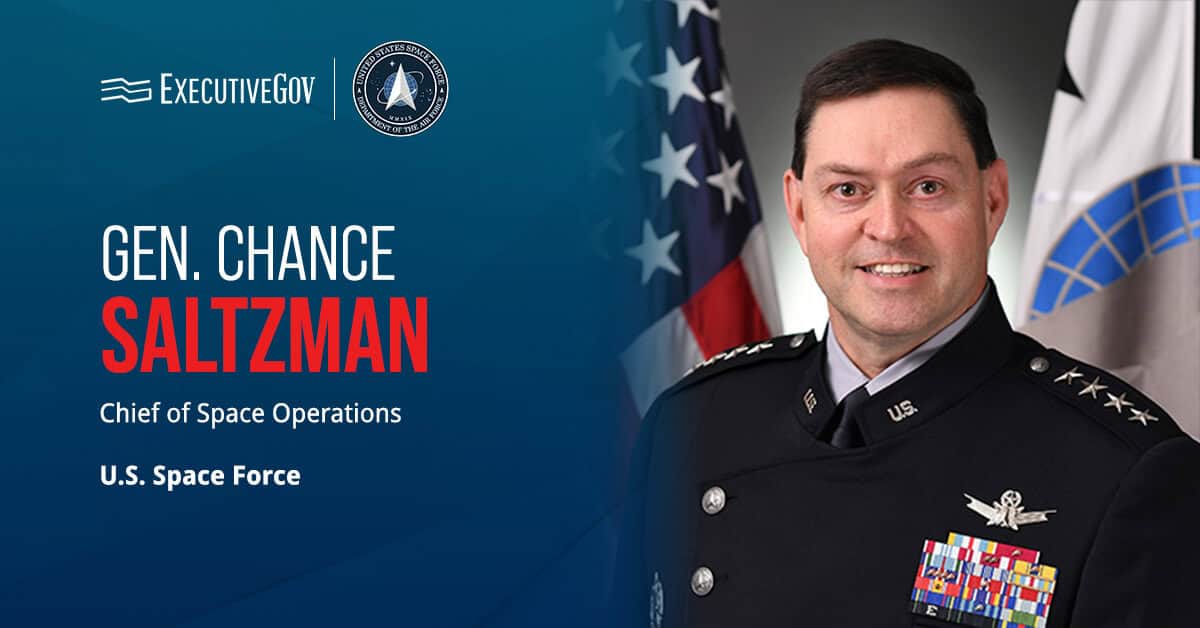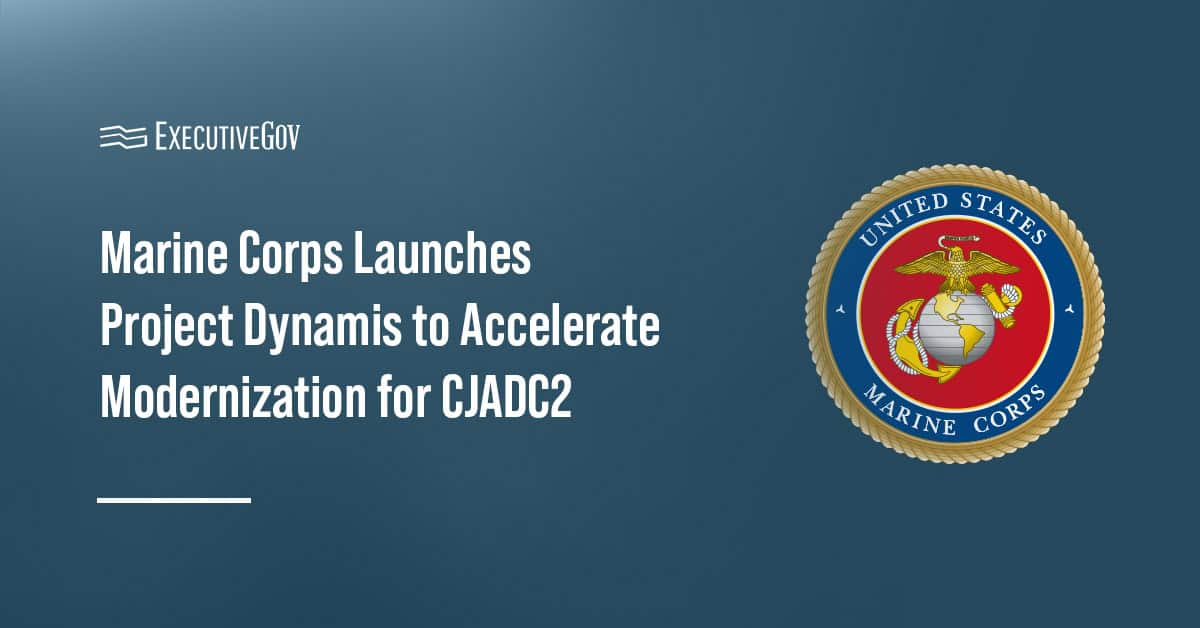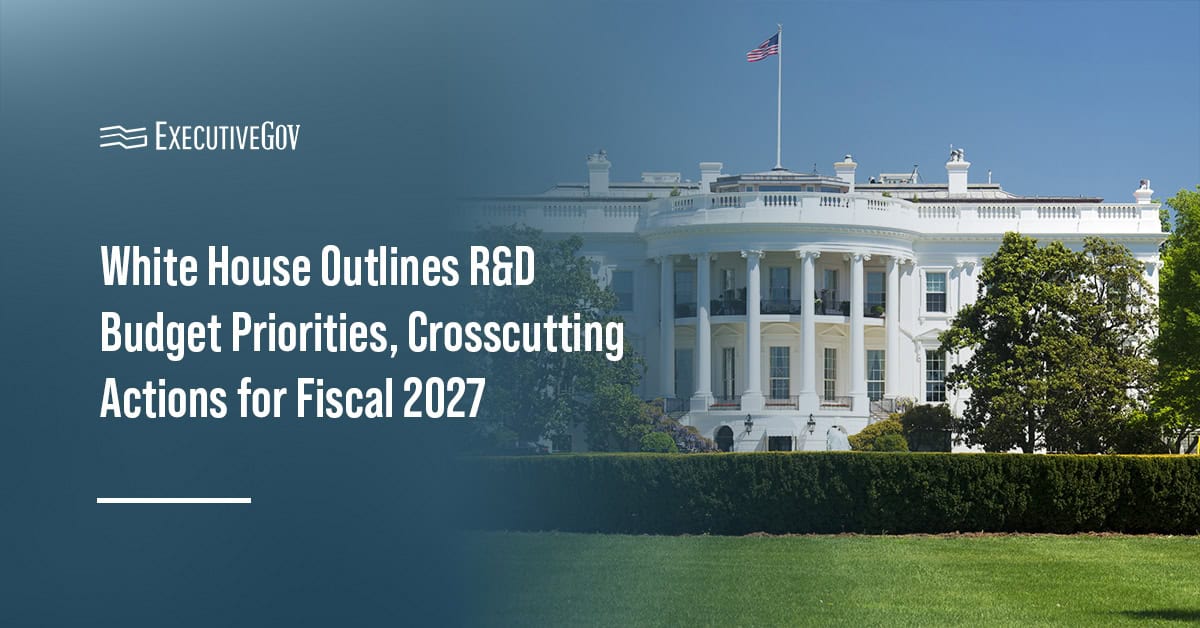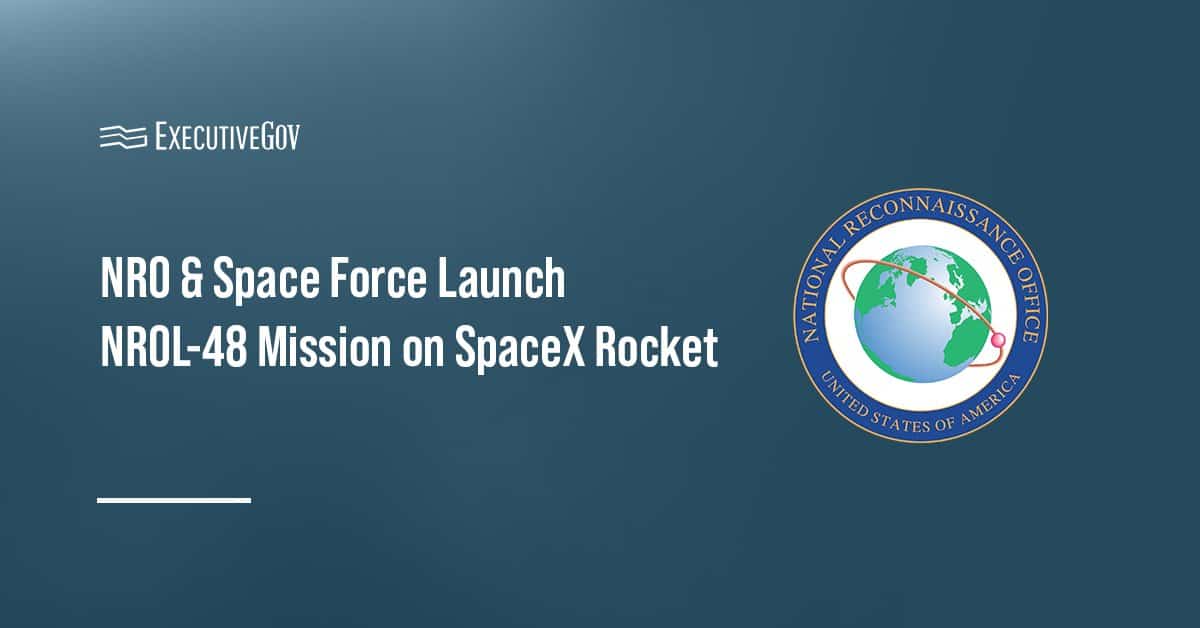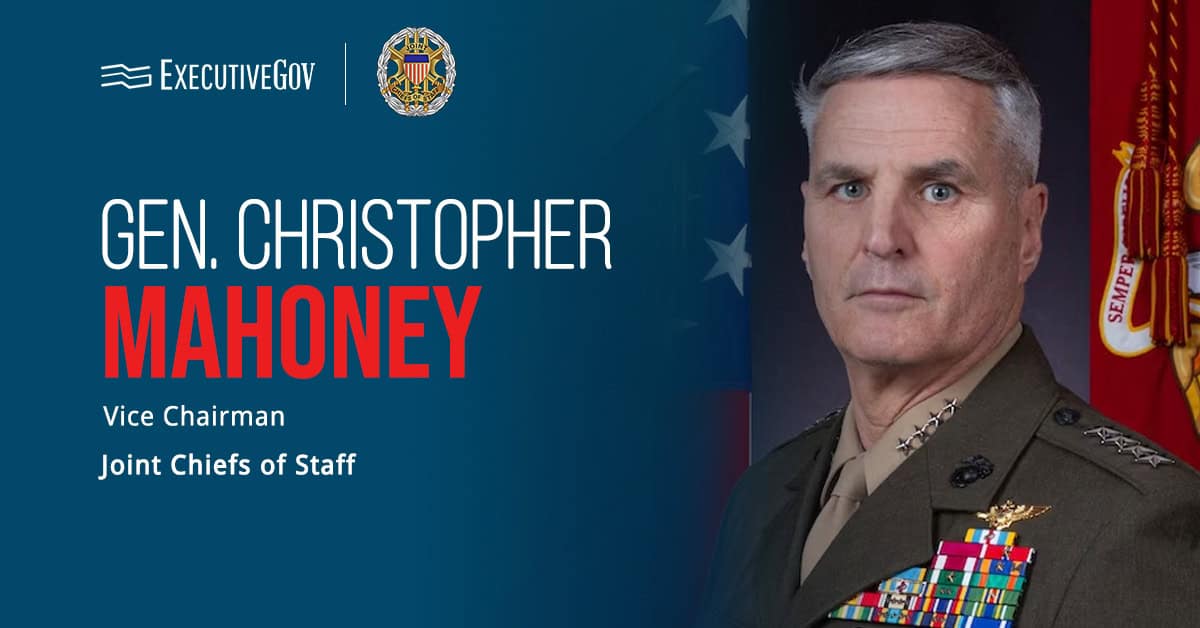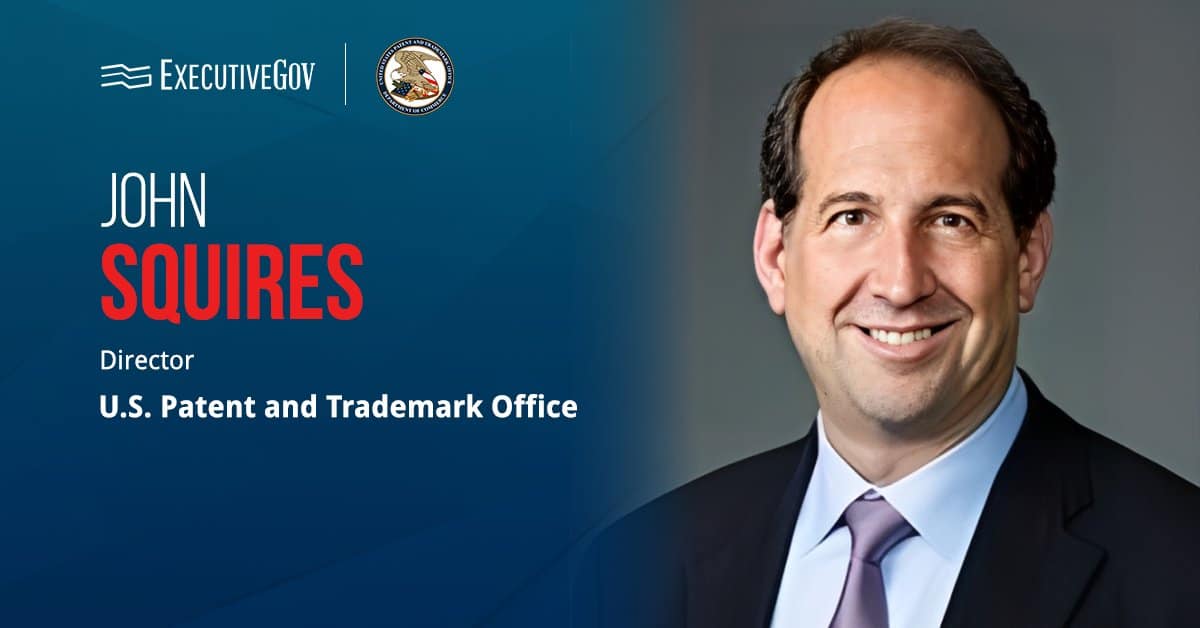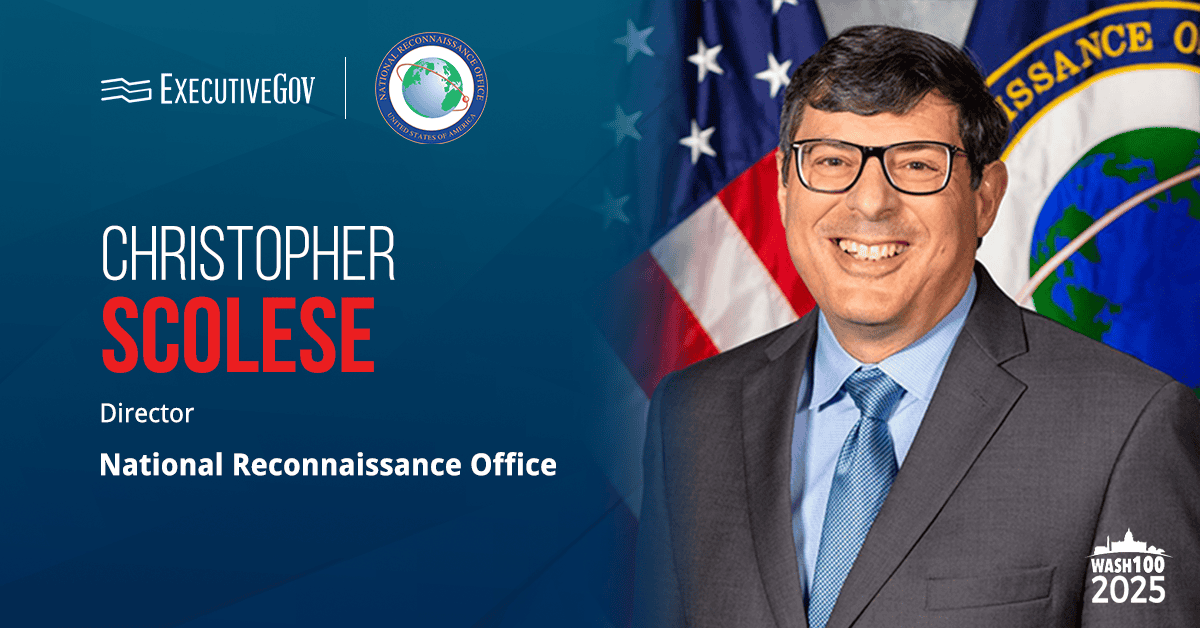The Air Force Installation and Mission Support Center, or AFIMSC, has developed a blanket purchase agreement to facilitate the delivery of base operations support IT, or BOS-IT, services across the Department of the Air Force’s installations.
Through the centralized BPA, AFIMSC said Tuesday it seeks to streamline procurement through pre-approved contractors and enable bases to tailor IT services to their specific technological requirements and mission needs.
“This is a great opportunity for the Air Force to elevate the quality and consistency of IT services across all installations,” said Master Sgt. Gerald Campbell, enterprise communications manager with AFIMSC’s Optimization and Integration Division, or A53. “We’re not just solving problems at individual bases; we’re creating a foundation that benefits the entire enterprise.”
BOS-IT services include legacy systems and infrastructure that support an installation’s communication operations, such as Giant Voice, cable, telephony, antenna and microwave systems, and uninterruptible power systems.
Table of Contents
Strengthening Air Force Mission Readiness With New AFIMSC BPA
AFIMSC said eight Air Force bases are expected to participate in the BPA’s initial rollout. The agreement is designed to serve all 89 service installations.
According to the mission support center, the enterprisewide BPA seeks to address foundational critical infrastructure to help strengthen the service’s mission readiness.
“This BPA helps ensure our Airmen are ready to fight. Our team excels at identifying and addressing the sometimes overlooked, but essential, infrastructure that underpins mission-critical systems,” Campbell said. “Everything falls apart if you don’t have reliable BOS-IT systems.”
771st Enterprise Sourcing Squadron’s Support to BPA Development
James McClain, enterprise cable and antenna systems manager with A53, described BPA’s development as a collaborative effort and cited the 771st Enterprise Sourcing Squadron’s involvement in its creation.
“There is no way we would have been able to get through this effort without the 771st ESS,” McClain said. “They helped translate our needs into a legally sound contract, ensuring the successful development of the BPA.”


